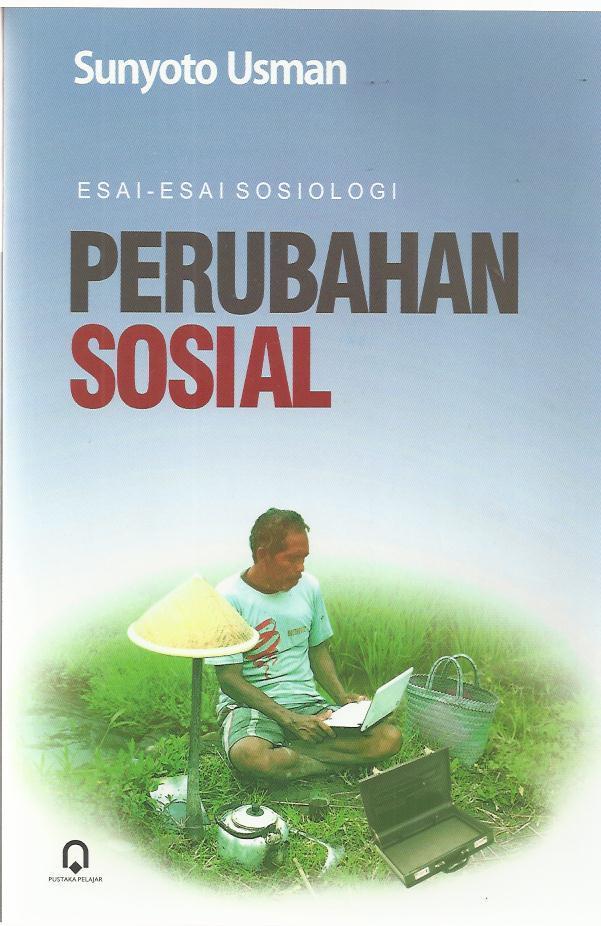Psychologists have always been interested in interest, and so modern research on interest can be found in nearly every area of the field: Researchers studying emotions, cognition, development, education, aesthetics, personality, motivation, and vocations have developed intriguing ideas about what interest is and how it works. Exploring the Psychology of Interest presents an integrated picture of how interest has been studied in all the wide-ranging areas of psychology. Using modern theories of cognition and emotion as an integrative framework, Paul Silvia examines the nature of interest, what makes things interesting, the role of interest in personality, and the development of peoples idiosyncratic interests, hobbies, and avocations. His examination reveals deep similarities between seemingly different fields of psychology and illustrates the profound importance of interest, curiosity, and intrinsic motivation for understanding why people do what they do. The most comprehensive work of its kind, Exploring the Psychology of Interest will be a valuable resource for student and professional researchers in cognitive, social, and developmental psychology.
Gordon Allport (1937, 1961) proposed a theory of functional autonomy in an “
attempt to escape the limitations of uniform, rigid, abstract, backward-looking
theories, and to recognize the spontaneous, changing, forward-looking, concrete
character that much adult motivation surely has” (1961, pp. 226–227). Functional
autonomy refers to a transformation process whereby a motive splits off from an
extrinsic motivational source and becomes self-sustaining. A young boy, for
example, may ...










